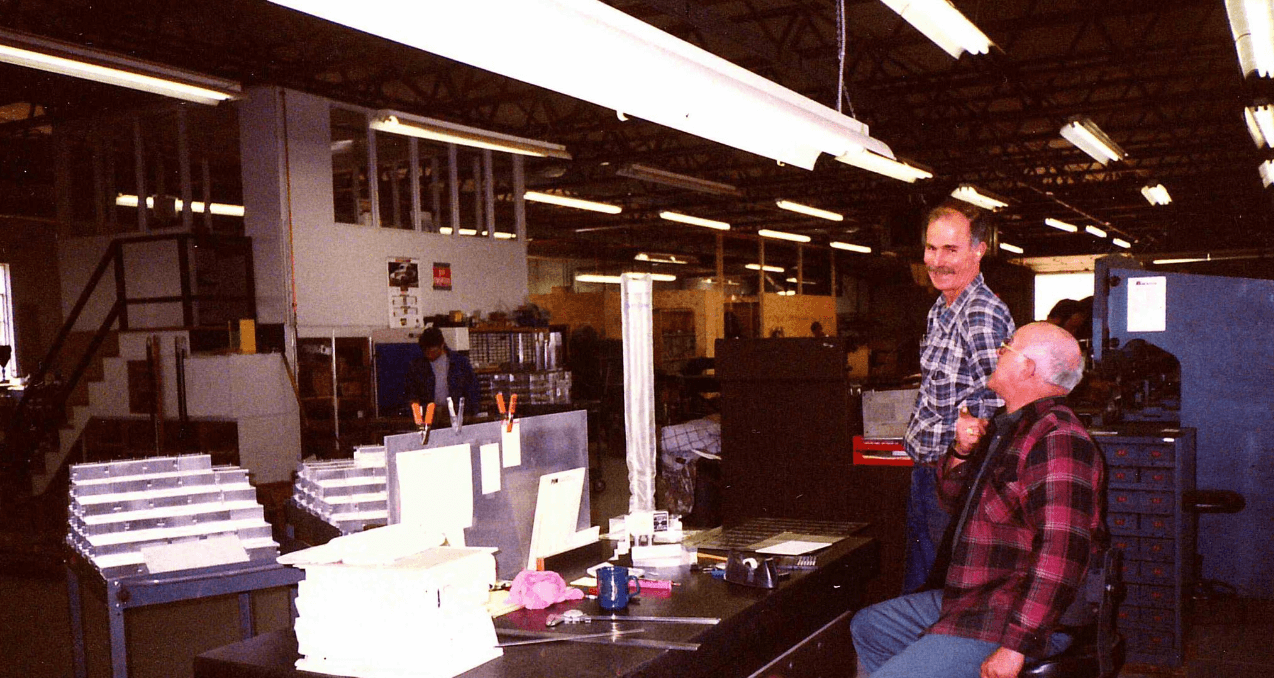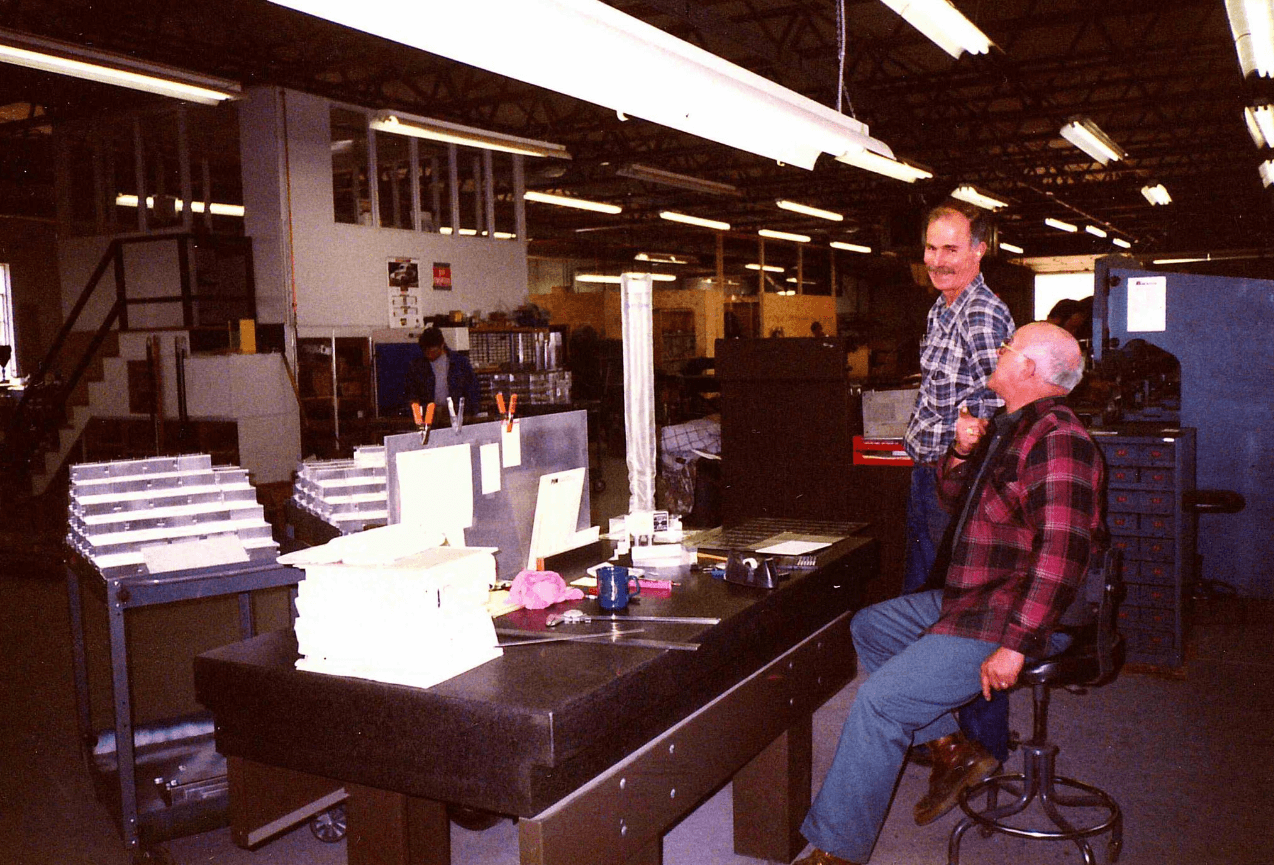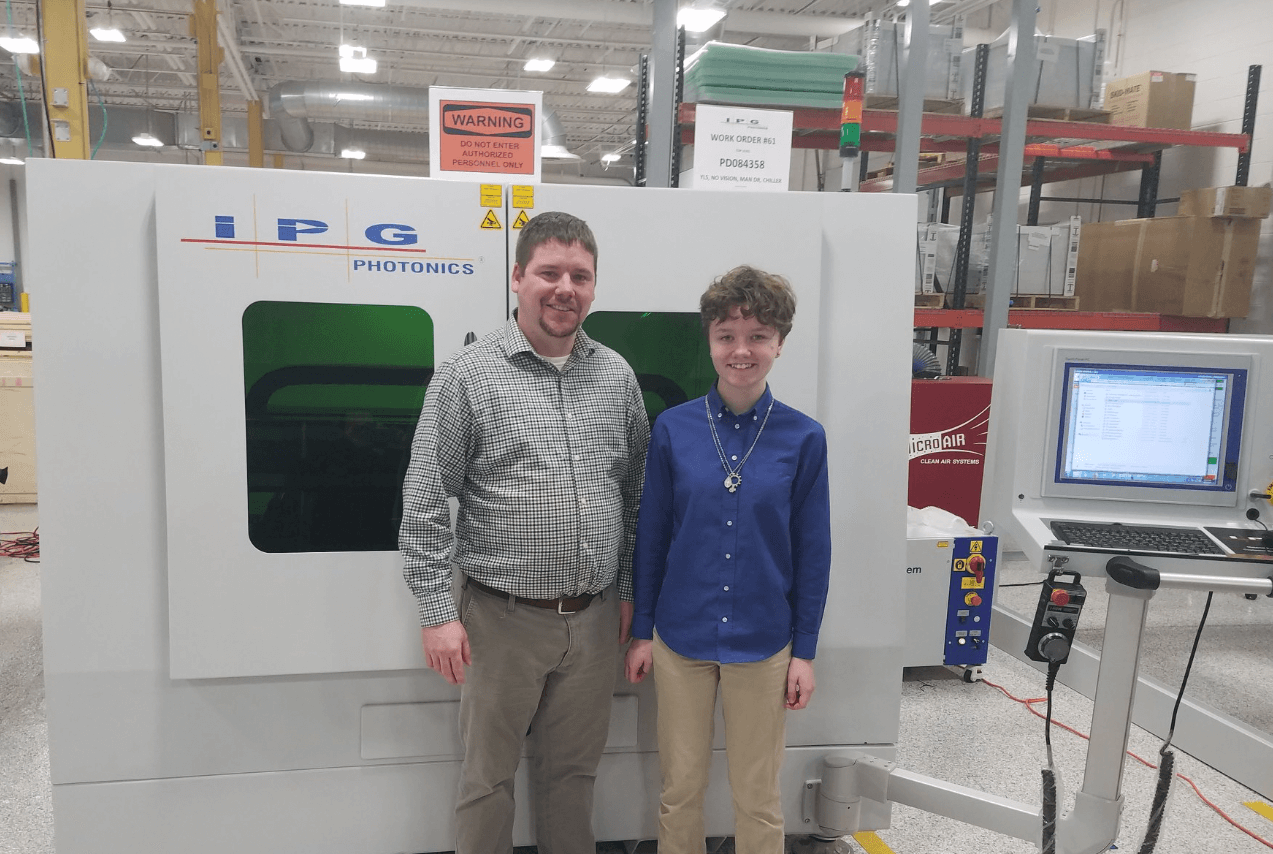
Who Will Inspire the Next Generation of American Machinists?
I started working in the manufacturing industry in my 20s. Now, in my 50s, I can see that the workforce has aged (like a fine wine!) right along with me.
As much as we’d love to, our generation can’t keep the manufacturing industry going forever. But how do we attract younger talent to take our place and inspire a new generation of American mechanists?
3 Challenges of Attracting New Generations to Manufacturing Careers
Despite the abundance of opportunities in manufacturing, many Millennials and Gen Zers lack the desire to join the industry.
They grew up in a different world—a digital world—with iPhones and influencers. And when they think of “manufacturing jobs,” they imagine themselves doing “dirty” work that, understandably, doesn’t seem all that appealing.
I see three major challenges we must overcome to attract new generations to manufacturing careers:
1. Lack of media presence
Growing up, initiatives like the National Space Program dominated the news. There was constant buzz about massive programs that inspired people to get involved in engineering and manufacturing.
While some of that dialogue exists in the media today, it’s easily drowned out by the 24-hour news cycle and the sheer volume of daily information.

Sweeney Metal Fabricators’ Quality Control Department (1996).
2. Push for digital professions and remote work
These days, high schools nudge students toward careers in the digital marketplace, encouraging them to build apps rather than the devices that house them.
Between this shift and the pandemic spiking a surge in remote work, it seems the appetite for manufacturing jobs has gone by the wayside.
3. Prioritizing a college path
During the last few decades, there’s been a massive push for people to get their bachelor’s degree.
In the 1960s, about 16% of people had a bachelor’s degree, and Baby Boomers increased the percentage to about 26%. Roughly 32% of Generation X got their bachelor’s degree, and the number climbed to 40% for millennials.
This trend is showing signs of slowing down due to the increasing cost of higher education. But still, many people who attended college feel “overqualified” for manufacturing jobs that traditionally don’t require a degree.
Higher education is important, but it shouldn’t preclude great jobs requiring a high school diploma, like many we offer in manufacturing.
How to Inspire the Next Generation of Manufacturing Workers
The reality is that we’ve stopped showing the true value and creativity of manufacturing. Coming up with the right solution to a manufacturing problem can be challenging, but also fun and rewarding. Whether you’re implementing a new process, purchasing new machinery, or investing in machine shop estimating software, there are so many skills required to help our organizations succeed. We must get that message across to as many people as possible.
So, how do we do it?
Participate in industry-organized events
Events like Manufacturing Day are great for promoting manufacturing careers, and shops can and should participate. Held annually on the first Friday of October, Manufacturing Day inspires shops to open their doors to students, parents, educators, and community members.
Providing tours and discussing manufacturing in person with students is extremely effective. One story that stuck with me from Manufacturing Day was about a shop hosting 60 students. The students were surveyed before the shop tour, and only three said they were interested in working in manufacturing. After touring the facility, 57 out of 60 said they were interested!

Chris Sweeney, Director of Operations at Sweeney Metal Fabricators, alongside his oldest daughter who joined him at work for the day.
Get involved in the community
One day a year is not enough to inspire a generation of potential workers. We must get involved in our communities to inspire our local younger workforce to come in and see what we can do. We need to make our shops welcoming places and showcase the career opportunities we have available.
Our industry is far more advanced than it used to be; we use more robotics, more automation (like the machine shop estimating software mentioned earlier), and more software than today’s youths might expect. Much of modern manufacturing work looks similar to the “high tech” work some kids have in mind—so let’s show them what we really do and bridge the gaps in their knowledge.
We can’t depend on politicians to “bring manufacturing back home” if we’re not “home” to receive the workers. It’s great to see efforts to reshore American manufacturing, but we need to have the capacity to hire.
The labor shortage is expected to get worse before it gets better. We must start now and secure our legacy by making it clear to today’s generation of kids that they have an exciting future ahead in manufacturing.
Who will inspire the next generation of American machinists? It’s up to us.
Related Content
Learn practical advice for filling the skills gap with modern technology, attracting top talent, and retaining your existing workforce in this roundtable discussion featuring 3 savvy shop owners.
—
Tim Gilbert leads Client Engagement at Sweeney Metal Fabricators, a precision sheet metal fabrication and CNC machining shop in Nashua, New Hampshire. Committed to using the latest in software and equipment, Sweeney’s capabilities include laser cutting, punching, forming, hardware insertion, welding, grinding, assembly work, and more. With 25 years in the business, Tim loves working directly with customers to expedite their projects and overcome different challenges every day.


